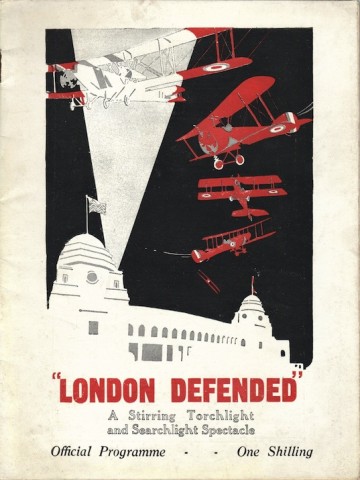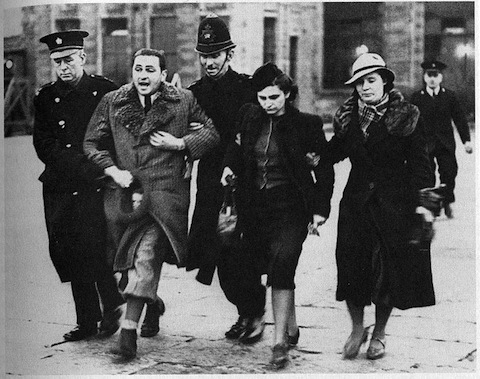Help!
[Cross-posted at Cliopatria.] I have a favour to ask of you. Would you mind please having a look at this and telling me what’s wrong with it? Thank you. To be somewhat less cryptic, it’s an article for peer-review which I am having no luck getting accepted anywhere, and I don’t really know why. I’ve […]



